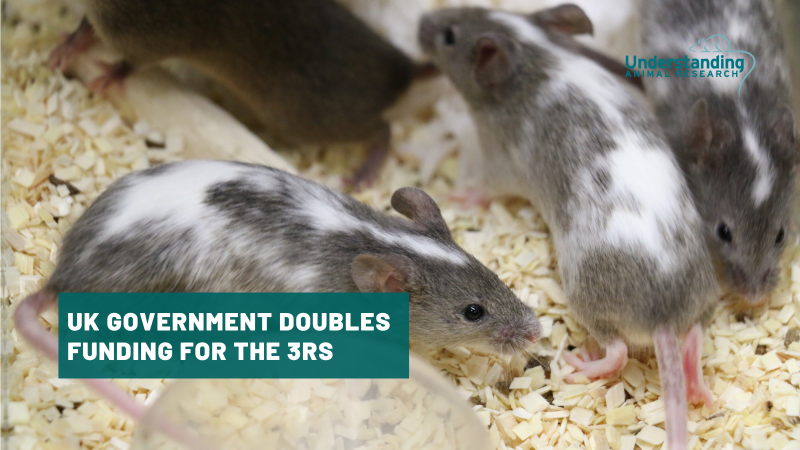Text to go here...
Scientists have trialled a safer way of treating sleeping sickness in mice by modifying an existing medicine. Tests in mice show that the new treatment can be taken orally and is safer because it releases the active agent more slowly.
Sleeping Sickness, or Human African Trypanosomiasis (HAT), is caused by a single-celled parasite transmitted by the tsetse fly. It is endemic in 36 sub-Saharan countries. The parasite can live in the victim from a few weeks to a few years before crossing from the blood to the brain. In the brain it causes swelling that always results in death if the infection is left untreated.
Current treatment involves intravenous injections of an arsenic-based medicine, melarsoprol. Unfortunately this can be painful and dangerous with 1 in 20 patients dying during the treatment. Now scientists have found a way to coat the medicine so that it can be taken orally. This route for the medicine results in the medicine entering the bloodstream more slowly, causing less damage.
A seven day oral course cured mice of their infection and tests afterwards showed that the treatment had not damaged the mice. Those given a placebo all died. Further experiments in larger animals will be needed to develop the oral treatment before human trials can commence.
Last edited: 11 January 2022 14:52



